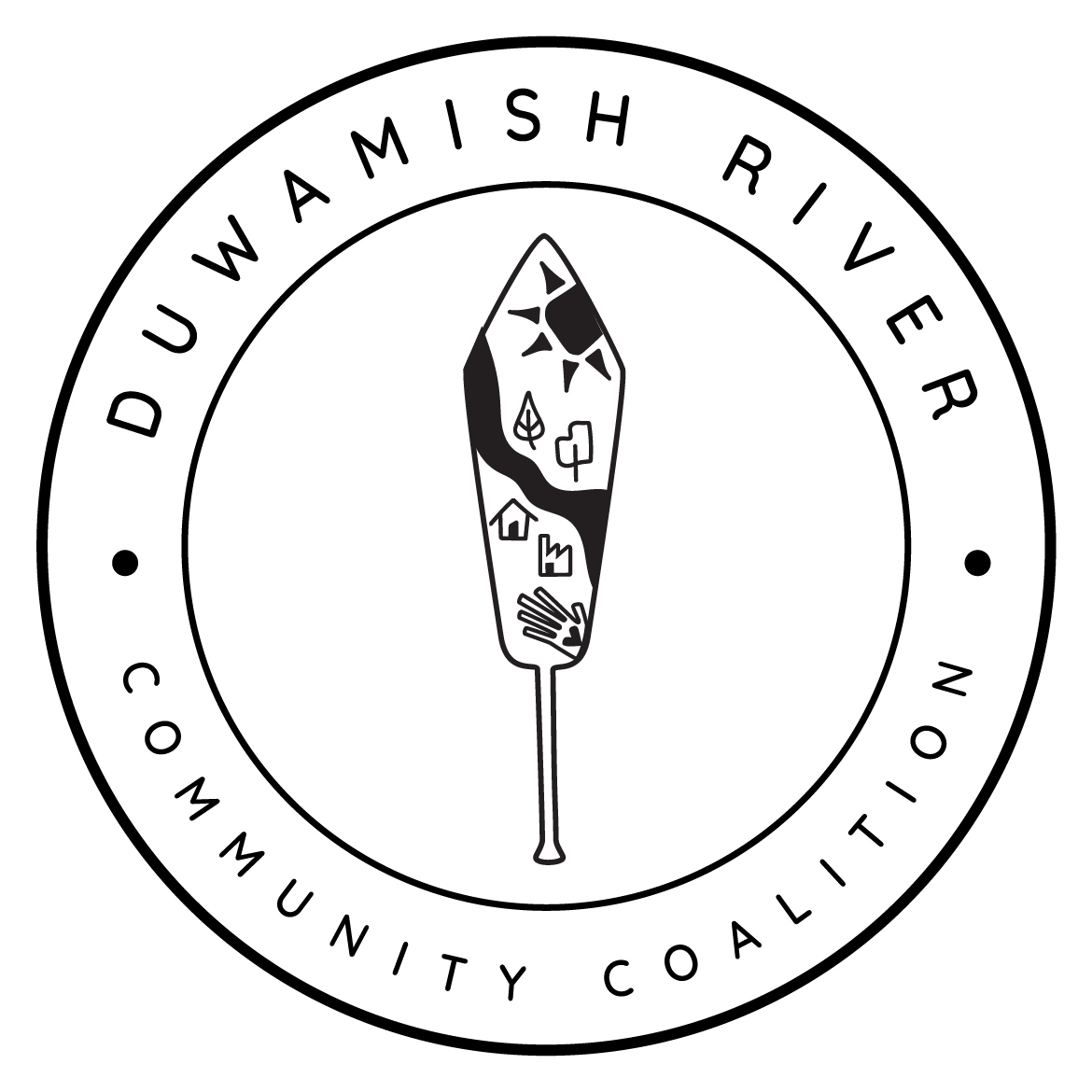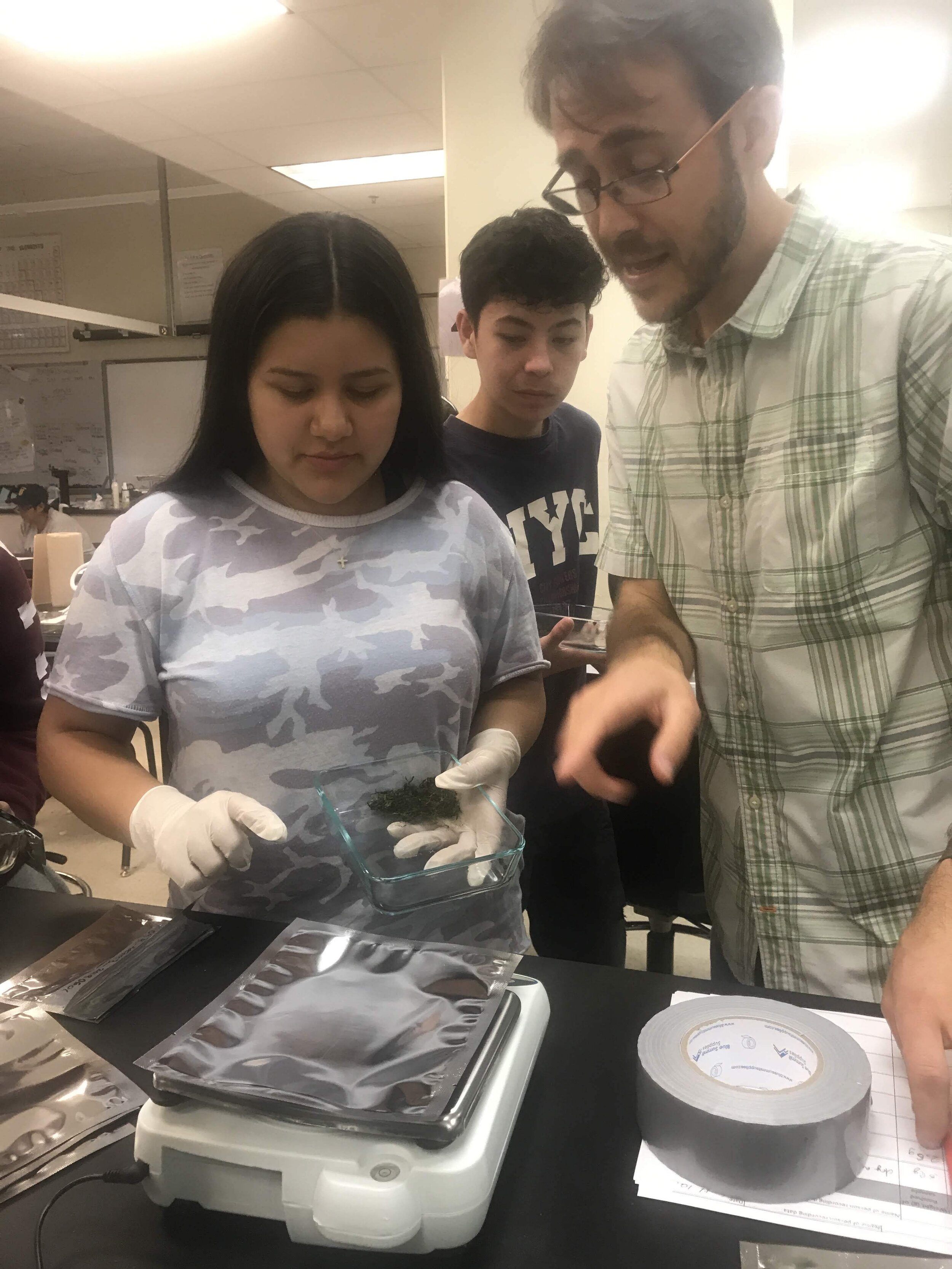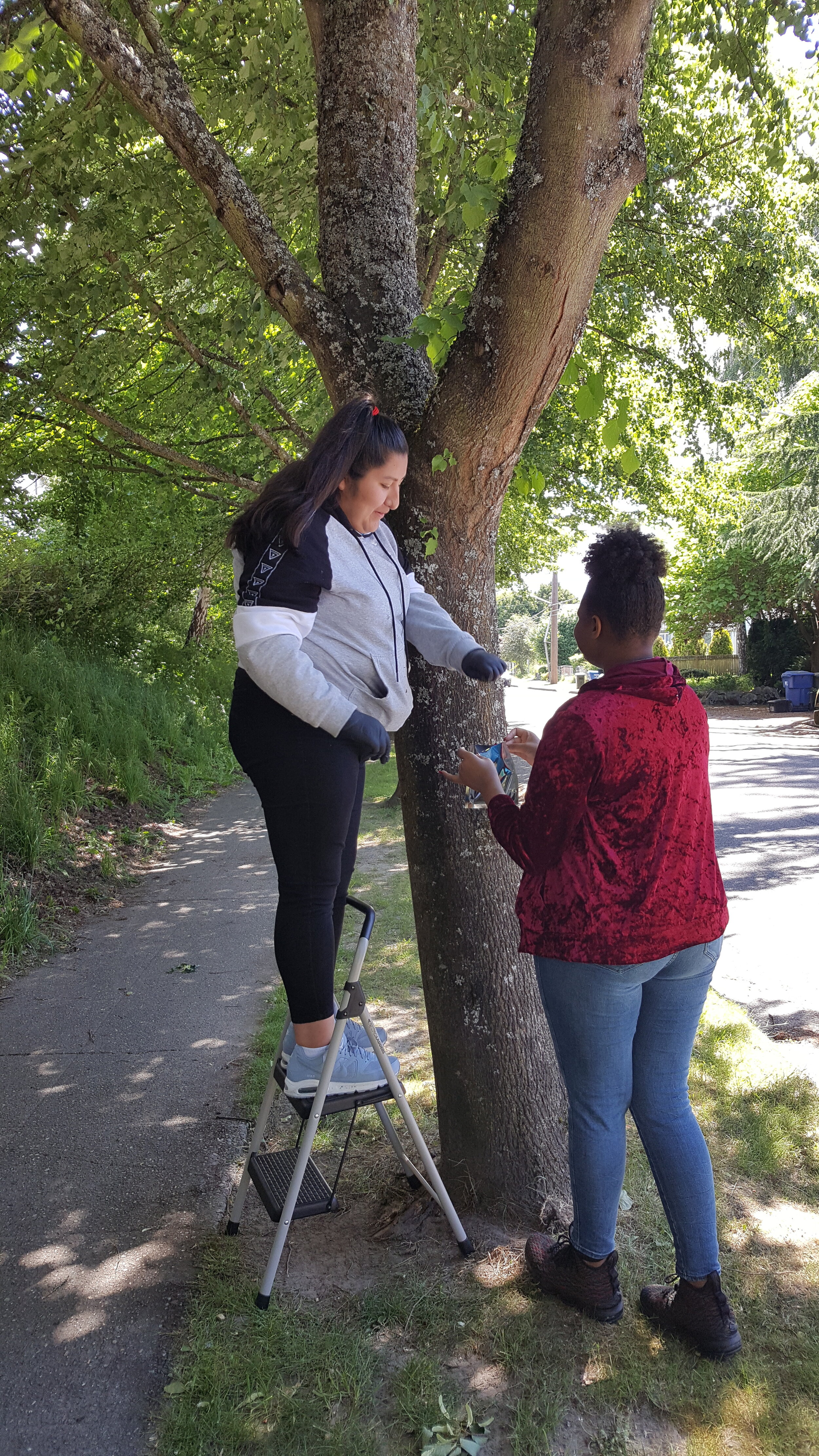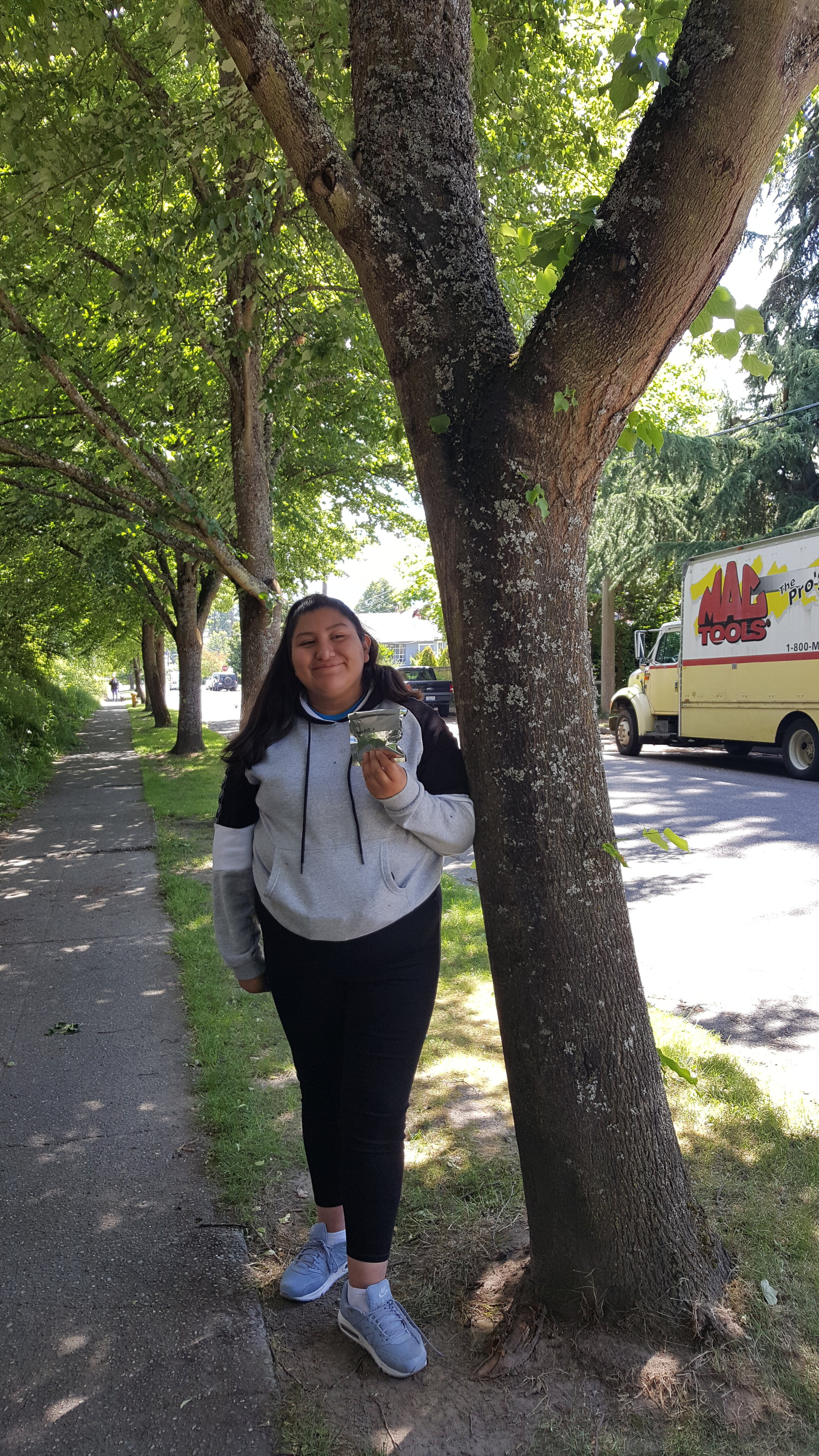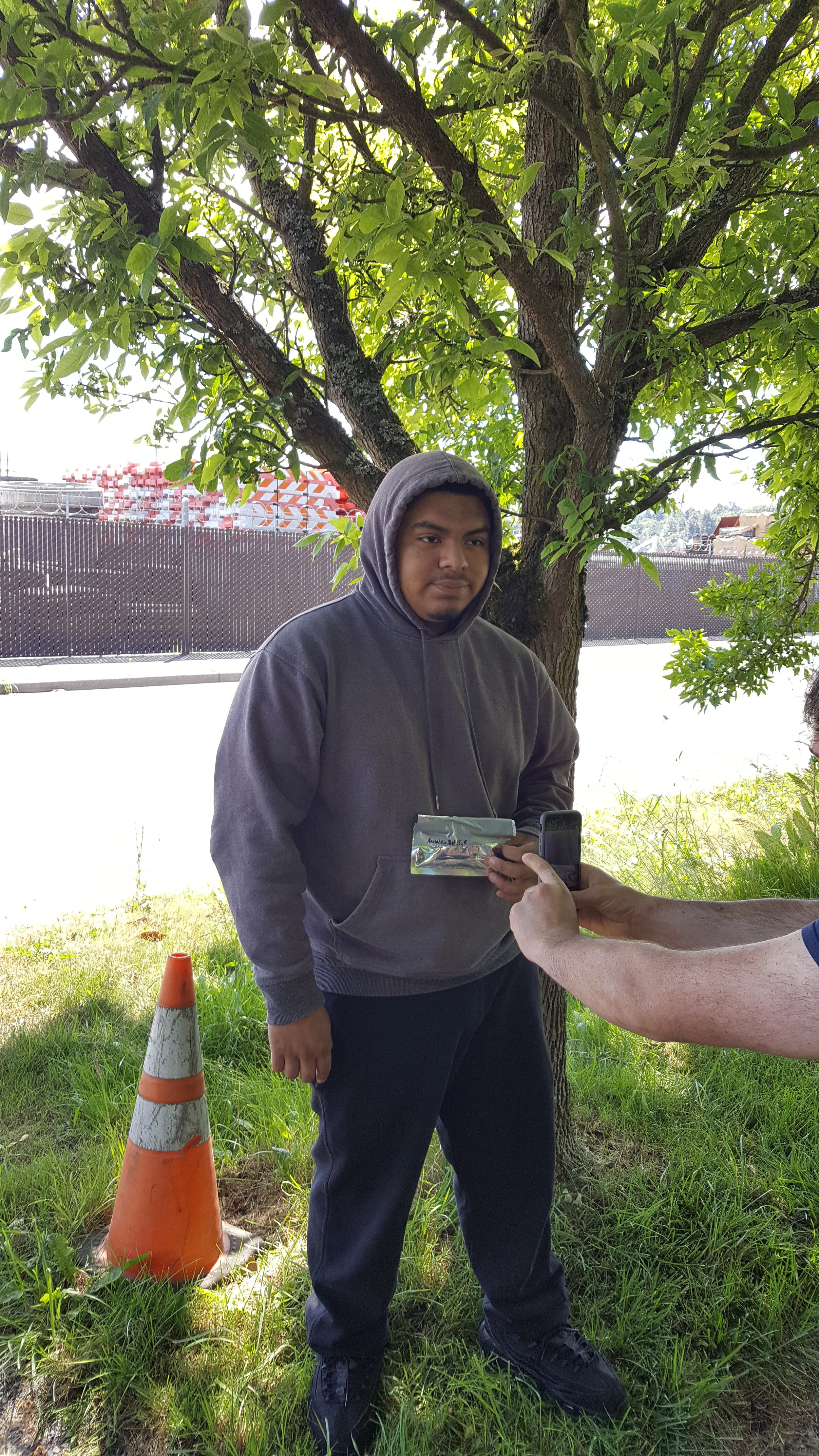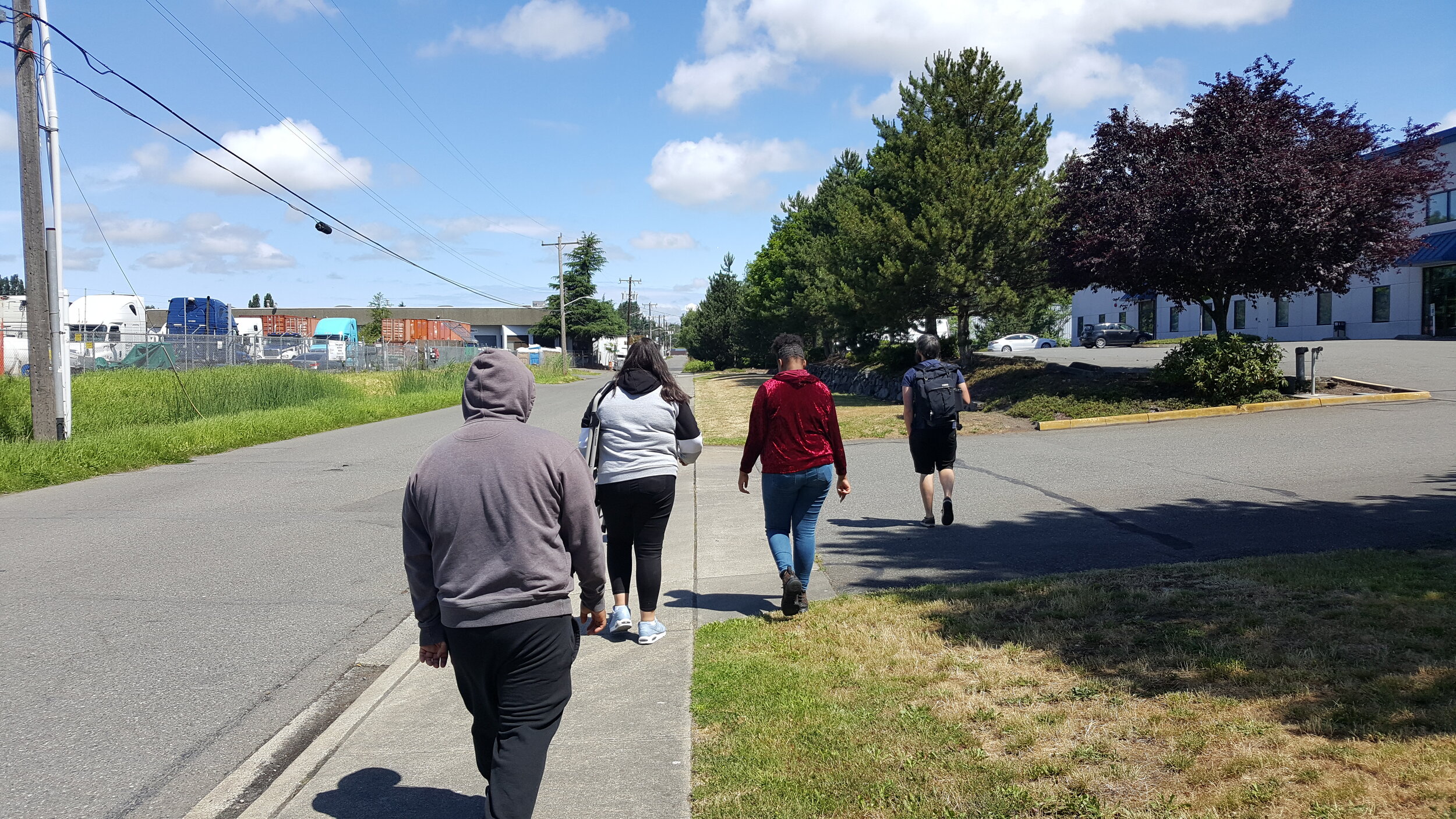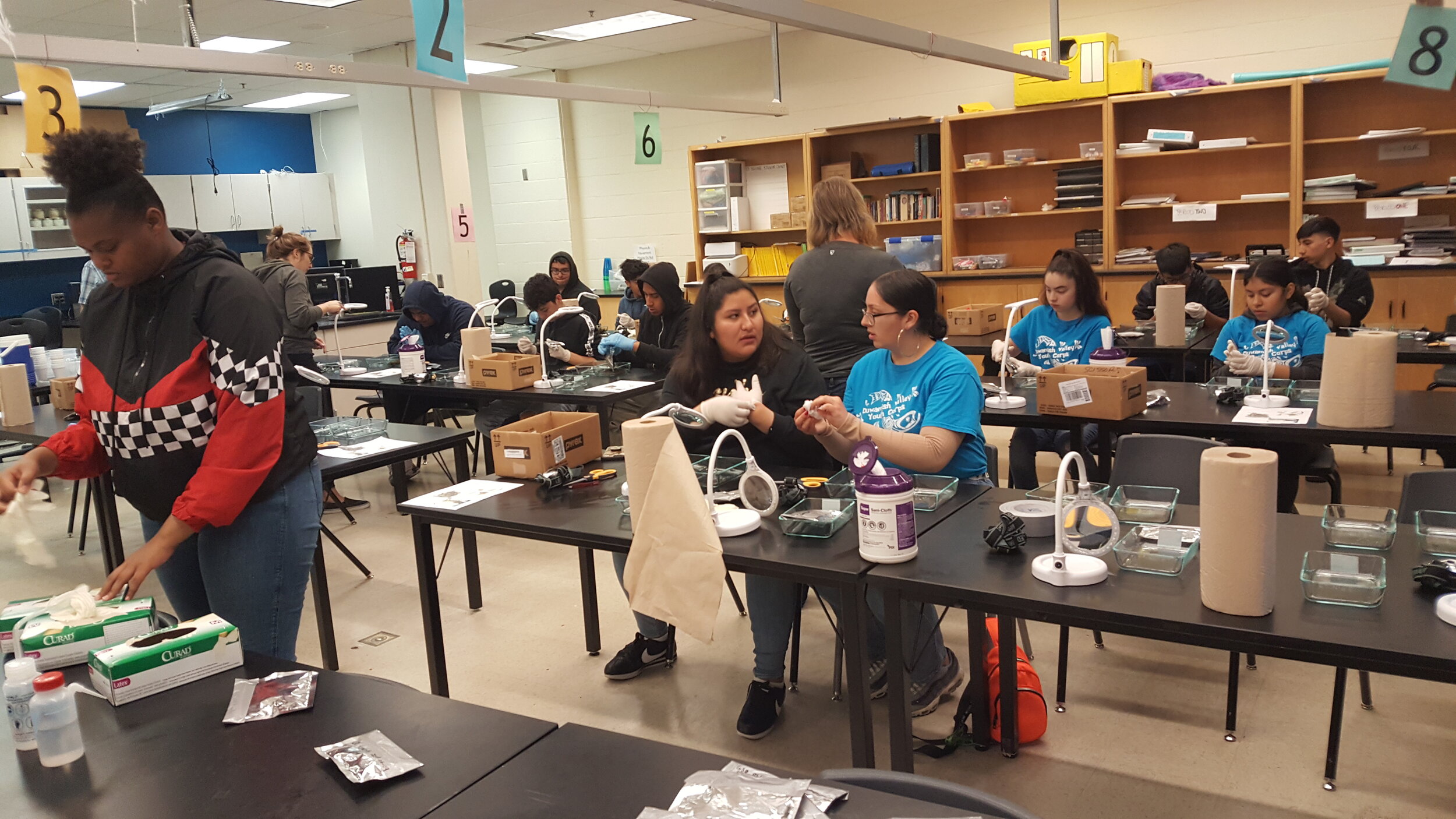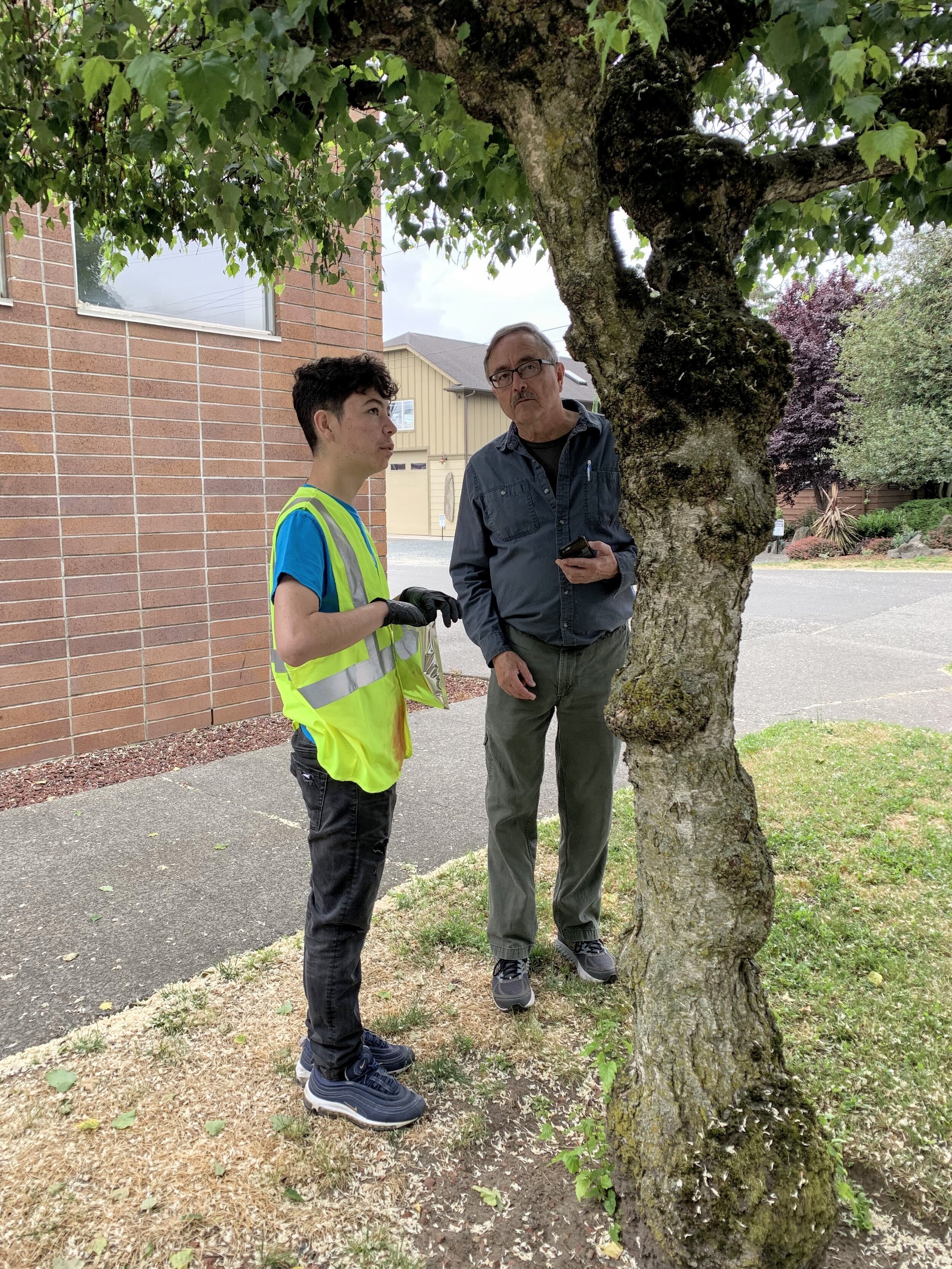Learn more about our MOSS STUDY
Youth Scientists discover indicators of heavy metal pollution in Duwamish Valley moss through a community science project
What is the “Moss Study”?
People living in the Duwamish Valley want a place to live and work where the air they breathe does not harm their health and livelihood (Duwamish Valley Vision 2009).
A new study by the Duwamish River Cleanup Coalition’s Clean Air Program is helping to achieve this vision by measuring indicators of metal pollution in the Duwamish Valley. Metals occur naturally in the environment, but cities and industrial areas often have high levels of metals and other pollution from sources like traffic and factories. If small particles of metals are in the air, they can be breathed in and cause health problems in your lungs and respiratory system.
DRCC’s Duwamish Valley Youth Corps partnered with federal scientists from the US Forest Service, local government and universities, community leaders, and health advocates to conduct a community-based pilot project to measure heavy metals in moss on street trees. Using community-based participatory methods, 26 teens from the Duwamish Valley learned how to collect moss samples to use as an indicator of air pollution in Georgetown and South Park. This project aims to use the information gathered from moss sampled to reduce air pollution and, ultimately, improve the community’s health.




Who is conducting the study?
The US Forest Service partnered with the Duwamish Valley Youth Corps to collect tree moss samples to use as bio indicators of air pollution in communities of the Duwamish Valley. Supporting partners included the Duwamish Infrastructure Restoration Team (DIRT Corps), Just Health Action, Street Sound Ecology, City of Seattle’s Office of Sustainability and Environment, Western Washington University’s Huxley College of the Environment, and the University of Washington’s Department of Environmental and Occupational Health. The purpose of this project is to investigate if local community partners, with guidance from the scientists on the team, could collect and prepare moss samples to be analyzed for heavy metals. If successful, the results would be used as a screening tool to provide guidance for additional air quality monitoring in the Duwamish Valley, and to inform mitigation strategies that can be used to protect the health of people who work and live in the area.
What have we learned?
Trained local youth from Duwamish Valley Youth Corps collected 80 samples from moss on trees in a grid covering South Park and Georgetown in 2019. Scientists collected an additional 20 samples to compare to the samples collected by the Youth Corps. All samples were analyzed for 25 heavy metals and other elements in a US Forest Service laboratory. The main findings from the project were: 1. The samples collected by the youth were consistent with the samples collected by the scientists, demonstrating that trained youth could collect reliable scientific samples; 2. Levels of Arsenic, Chromium, Cobalt, and Lead in moss sampled in the Duwamish Valley were higher than similar studies of moss in Seattle area parks and in residential areas of Portland, Oregon – Arsenic, and Chromium were generally twice as high as in Portland; 3. Metal concentrations found in the samples were highest in the industrial areas of South Park and Georgetown, especially along the Duwamish River, and lower in the residential areas. The greatest difference between levels of metals in moss in the Duwamish Valley and levels seen in previous studies were arsenic and chromium. The figures below show maps of the arsenic and chromium data and a “scatterplot” figure showing how the Duwamish Valley data for these two metals compare to the Seattle parks and Portland studies.
Moss study in Multiple Language
“Last year during The Duwamish Valley Youth Corp spring quarter, I learned a lot from the leaders there who taught us lessons, and knowledge gained from hard work and experiences. One example was We collected moss samples from various trees and learned shocking discoveries about how bad the air quality was. To the point where it was one of the reasons for moderate to high levels of asthma affecting the Duwamish valley. Also to see if there was high level of toxic metals in our air that we breathe. That gave me another view on how bad the pollution is and hurting the environment, but also ourselves! This opened my eyes more and showed me that we as humans need to help even if it’s just learning about Moss and how it catches the pollution around. But my biggest takeaway from the program was to tell my friends and family about taking care of our earth, and making it a better sustainable environment.
Matthew, DVYC 15
”
Check out these videos highlighting the work of our Youth in the Moss Study in collaboration with Western Washington University and Western Professor of Environmental Policy Troy Abel, won third place in Phase 1 with their submission titled “Interdisciplinary Mapping for Environmental Justice” addressing the industrial impacts of air pollution
